6 games console flops that gave gaming a bad name
If you spent money on these, we feel very sorry for you

We've all heard about consoles like the Sony PlayStation, Nintendo Wii and Microsoft's Xbox, and there's a good chance you have one of these – or more – sitting beneath your television set right now.
We're celebrating 50 Years of Games in conjunction with the Golden Joystick Awards 2021, the world's biggest public-voted games awards show. This year's show will celebrate a milestone in gaming history, the release of Computer Space, the world's first commercial arcade machine in November 1971. And we'll be looking for your votes on the best console of all time (starting 3PM GMT, November 8) – don't expect any of these stinkers to feature!
A successful games system can sell hundreds of millions of units, generating an incredible amount of revenue for its manufacturer via raw sales and licensing fees on every game sold.
Console gaming has become so big that veteran consumer technology corporations like Sony are almost entirely reliant on it for profit these days, but not every single console finds a willing audience.
Ever since groundbreaking machines like the Magnavox Odyssey and Atari VCS introduced the concept to millions of homes in the 1970s, many challengers have come and gone – some markedly more successful than others – and we've selected some of the most notable also-rans below.
If you've owned all of the machines listed here then you can consider yourself to be a true console connoisseur – or perhaps glutton for punishment.
1. Amstrad GX4000 (1990)
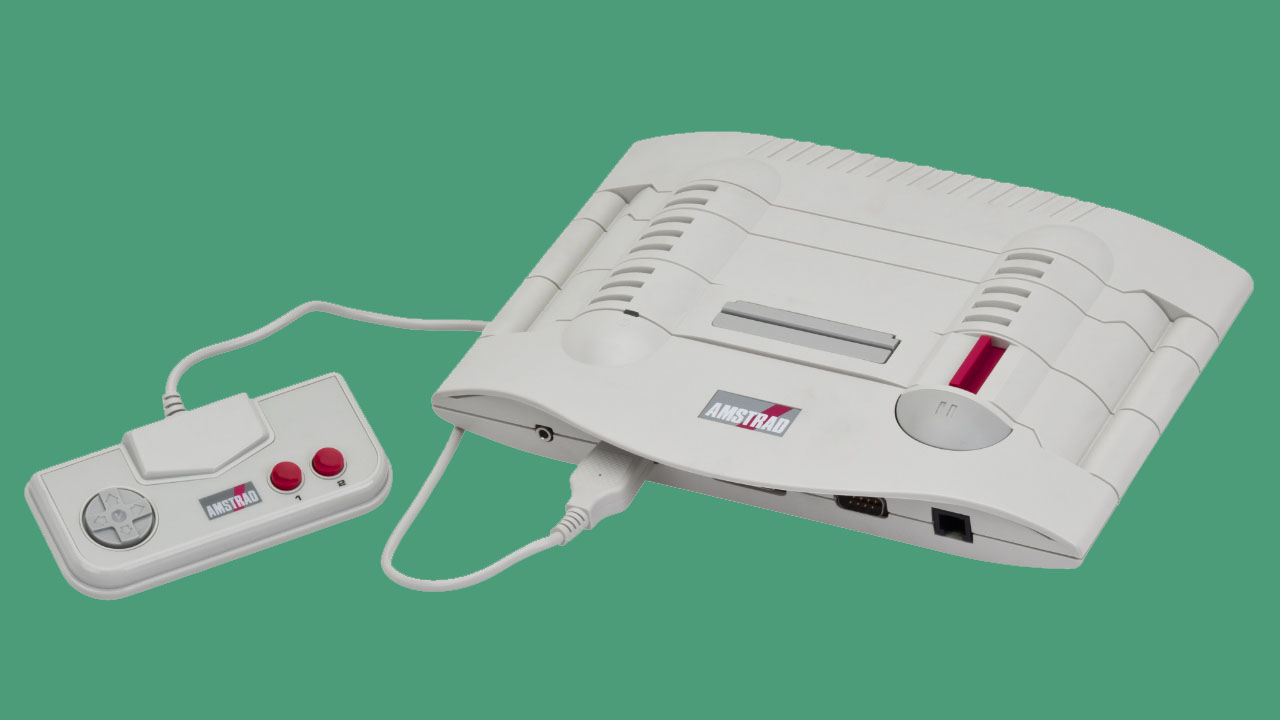
Mention the name Amstrad to anyone under the age of 30 and you may well get some puzzled looks in return, but for UK gamers in the '80s the company founded by Lord Alan Sugar was famous for its line of low-cost home micro-computers which challenged the likes of the Sinclair ZX Spectrum and Commodore 64 in the "My parents got it to help with my homework but I really use it for gaming" stakes.
However, by the close of the '90s it was becoming clear that such machines were losing ground to dedicated games consoles, and in an effort to join the party Amstrad launched the GX4000.
Get daily insight, inspiration and deals in your inbox
Sign up for breaking news, reviews, opinion, top tech deals, and more.
On paper it seemed like a good idea. The system was based on the architecture used in Amstrad's CPC line of computers and therefore could call upon an vast existing library of titles. It also had an aggressive price point, which made it a much cheaper option than the Sega Mega Drive / Genesis, which had also just come to market.
However, many of the games were simply straight ports of CPC versions, and in terms of pure power the GX4000 was left in the dust by Sega and Nintendo's powerful 16-bit consoles. Software support dwindled and many games in development were cancelled when it became clear that the public simply wasn't interested. Around 15,000 units were sold in total and Amstrad discontinued the console in 1991.
2. Philips CD-i (1991)
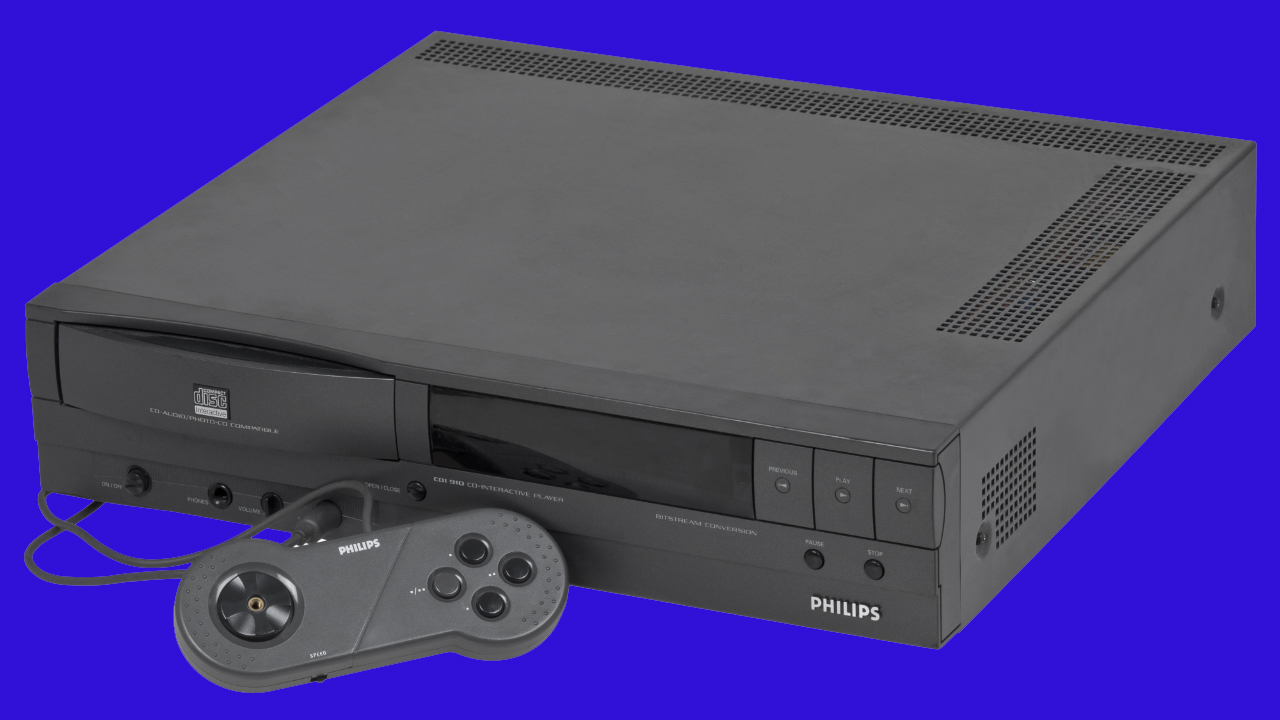
Dutch electronics giant Philips was one of many companies which had aspirations of conquering the multimedia market that had blossomed with the emergence of CD-ROM technology in the late '80s.
It actually began work on what would eventually become the CD-i (the "i" standing for "interactive") in 1984, with the first production unit hitting the market in 1991.
Despite its focus on media – which included Video CDs, Karaoke CDs and educational titles – Philips envisaged the CD-i as its ticket to the lucrative world of video games, and even entered into a deal with Nintendo to produce exclusive titles based on Super Mario and The Legend of Zelda – which were almost uniformly terrible.
Despite the release of a redesigned system aimed at gamers – and the production of compatible systems by the likes of Goldstar / LG, Grundig and even Sony – CD-i was a costly commercial failure for its creator, only managing to shift around 1 million units globally.
3. Atari Jaguar (1993)
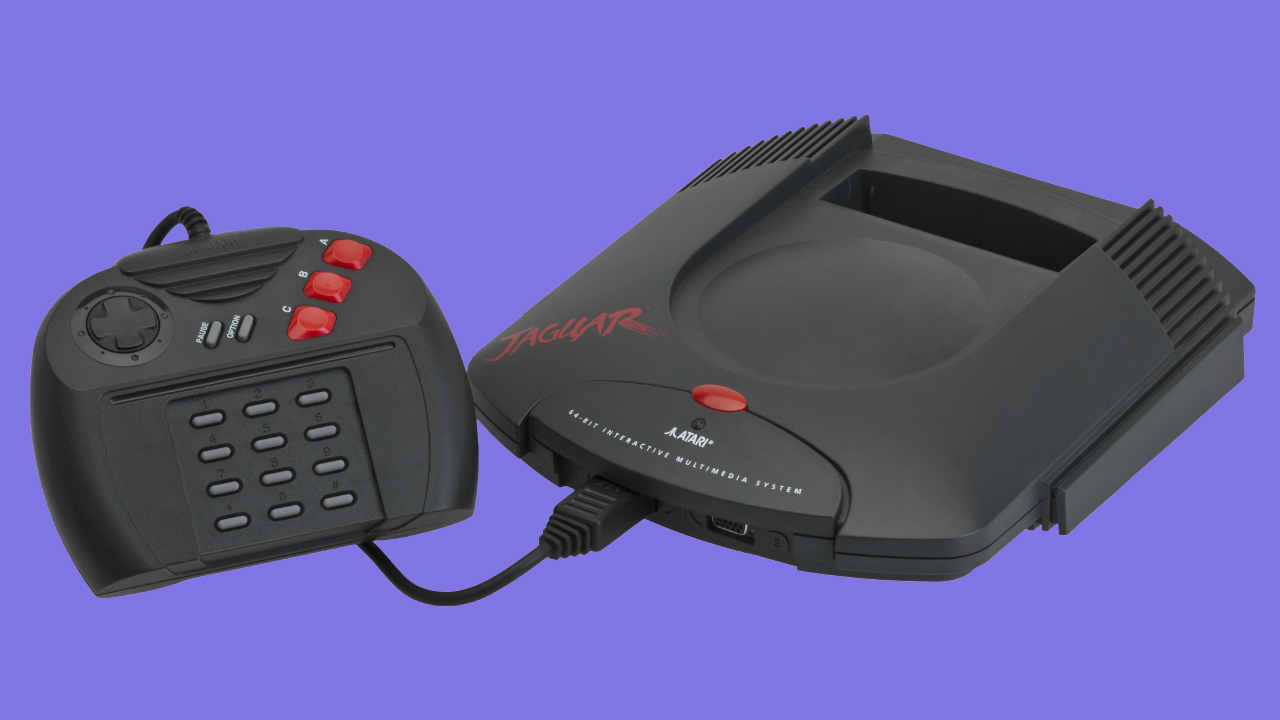
By the time the 1990s rolled around, Atari was a very different company to the one which had achieved such dominance in the '70s and '80s. Formed in 1984, Atari Corp. was born out of the ashes of Atari's old computer and home console divisions, which were sold off by Warner Communications to Commodore founder Jack Tramiel.
Products like the Atari ST and Atari Lynx asserted the company's interest in home computing and gaming respectively, but by 1993 it was in dire need of a hardware hit.
The Jaguar was developed by Cambridge-based Flare Technology and was billed as the world's first 64-bit console – although in reality, the CPU and GPU used a 32-bit instruction-set, sending signals to the 64-bit graphics "graphics accelerators".
Boasts of technological superiority fell flat when it became clear that the Jaguar's games were quite basic when compared to what was promised by systems like the PlayStation, and fewer than 250,000 systems were eventually sold.
4. 3DO Interactive Multiplayer (1993)
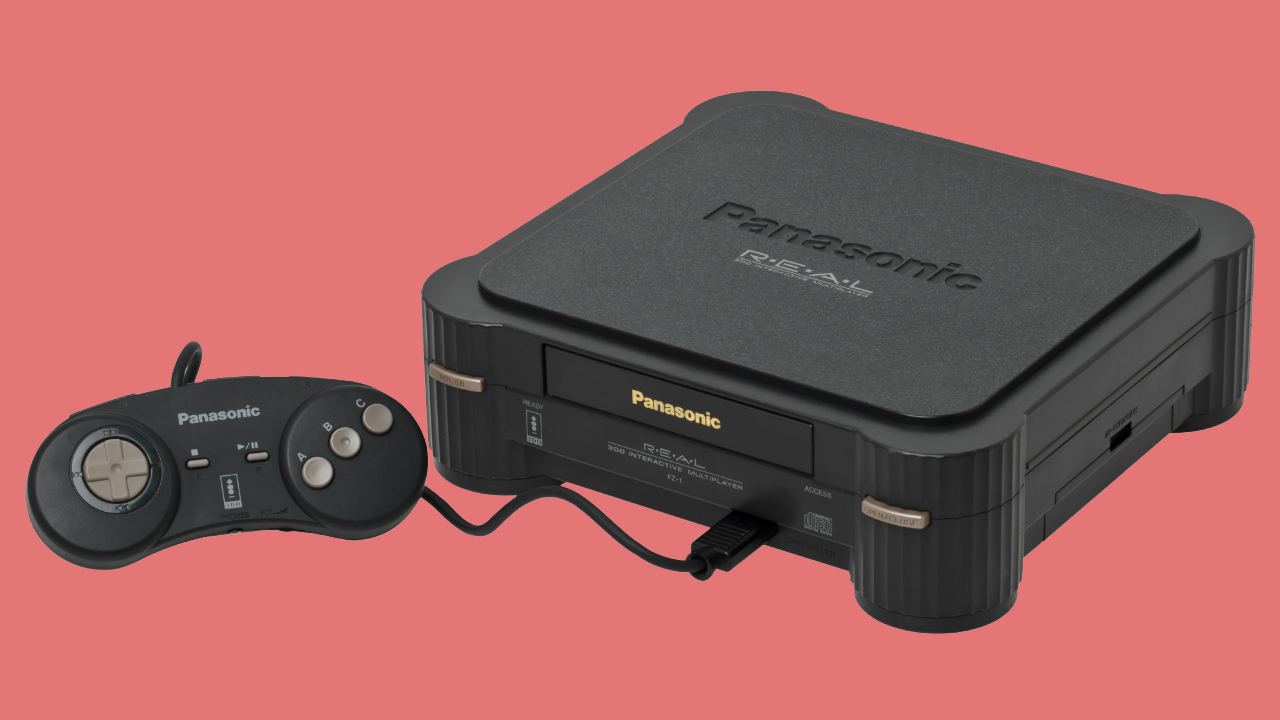
It's easy to see why the concept of the 3DO made such a splash when it was announced in the early '90s. Founded by former Electronic Arts bigwig Trip Hawkins, The 3DO Company's vision was a single standard for the games industry, like VHS tapes and CDs in the video and music arenas.
3DO would create the core tech and then other hardware manufacturers – including Sanyo, Goldstar / LG and Panasonic – would produce the units under licence. It all sounded pretty exciting back in 1993 when the Mega Drive and SNES were the best gamers could get, but the console's exorbitant price point of $700 in North America killed off its chances of mainstream success.
By the time the Sony PlayStation and Sega Saturn arrived on the scene in 1994, 3DO was looking distinctly underpowered. Around 2 million units were sold and 3DO shifted focus into third-party publishing, but not before dreaming up a successor – known as M2 – which was sold to Japanese giant Matsushita and eventually shelved altogether.
5. Sega 32X (1994)
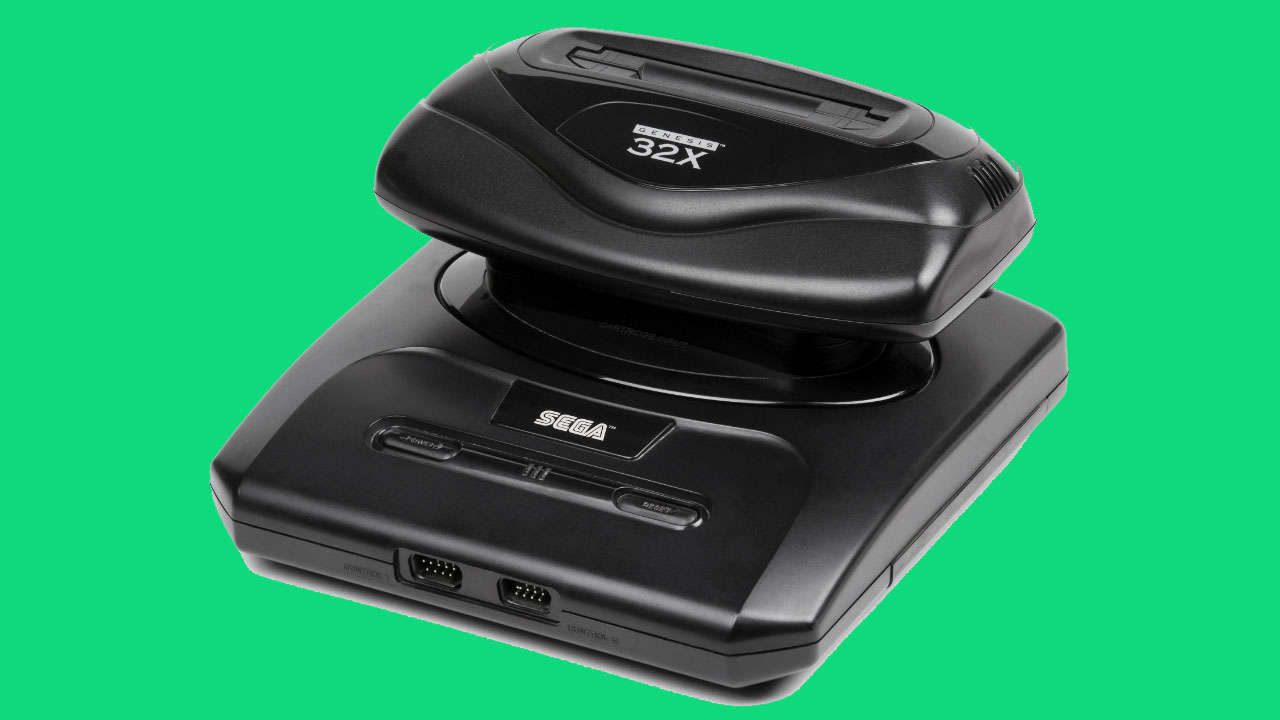
The success of the 16-bit Mega Drive / Genesis in the early '90s transformed Sega from an also-ran to industry leader, thanks in no small part to the popularity of a certain blue hedgehog.
The company did the unthinkable and stole away much of the global video game market from Nintendo, leading to a fierce rivalry between the Mega Drive / Genesis and SNES. However, Sega stumbled when it came to capitalising on this incredible success and released a series of bolt-on devices in an attempt to augment the power of its popular 16-bit system.
First came the Mega CD, which was too expensive for mainstream success and only sold 2.24 million units during its lifespan. However, the subsequent 32X – released in 1994 – was a much more costly failure.
It was intended to bridge the gap between the Mega Drive / Genesis and the next-generation 32-bit Sega Saturn, which was launched at the same time. The reasoning was that those who couldn't afford to upgrade to Saturn had a lower-cost alternative.
While the 32X was based on the same core tech as the Saturn, it used expensive cartridges and wasn't as powerful. Few games were produced, and Sega quickly discontinued the unit in order to focus on its 'true' 32-bit challenger.
6. Virtual Boy (1995)
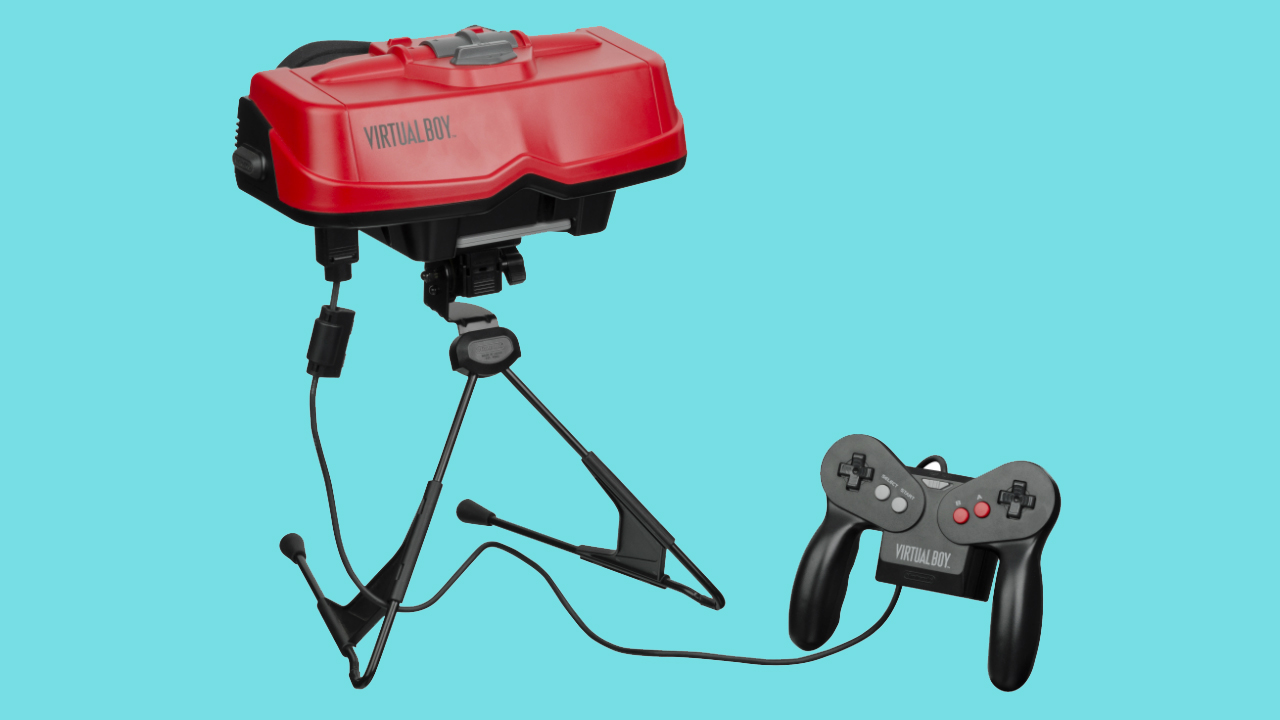
While some might consider the Wii U to be Nintendo's most embarrassing hardware failure, that accolade actually goes to the Virtual Boy. Created by the late Gunpei Yokoi – the man behind some of Nintendo's most successful products, including the Game & Watch handheld range and the Game Boy – the Virtual Boy was a strange fusion of home and portable system; it used a special LED display to create the impression of 3D depth.
The console committed a multitude of sins; the predominantly red visuals caused some people to have headaches, and those who were lucky enough to avoid this fate had to endure the pain of being hunched over a desk – the only way to play the console.
Despite the inclusion of a 32-bit processor the Virtual Boy's software was mostly 2D in nature, something which generated little interest at a time when the Sony PlayStation was heralding a new era of 3D graphics.
To make matters worse the games released on the Virtual Boy were average at best, and within a year the company had cut its losses and abandoned the machine.
- Vote for your Ultimate Game of All Time and Best Gaming Hardware of All Time by visiting goldenjoysticks.com - voting ends on Nov 12.